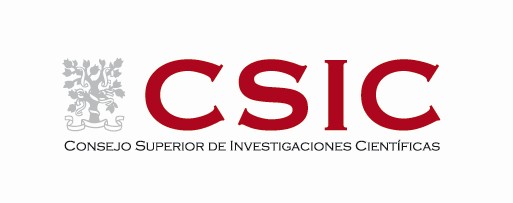
By: Gang Wang - Institute of Physics, Chinese Academy of Sciences
When: August, 22 - 12PM
Where: Sala de Seminarios, 182
Abstract: During the past decade, I have made extensive efforts in exploring new functional crystalline materials based on structural motifs and obtained a series of results. Starting from two-dimensional and quasi-one-dimensional structural motifs, I successfully synthesized some new materials and investigated their crystal structures and physical properties. Among them, HfGe0.92Te crystallizing in P4/nmm space group with vacancies in the Ge square net, is promising to achieve theoretically predicted two-dimensional spin-orbit Dirac point. Moreover, HfGe0.92Te exhibits a large surface second-order nonlinear susceptibility up to 5535 ± 308 pm V−1 and efficient second-harmonic generation with the maximum optical conversion efficiency up to 3.75‰. ErAsS crystallizes in an orthorhombic Pnma space group with distortion in the As-atom layer and is an experimentally available topological crystalline insulator candidate. A large negative magnetoresistance up to -15% is observed under 9 T at 2 K in a topological insulator candidate CeCuAs2 containing the As square net and Ce-Cu-As layer. In addition, series of manganese-based and nickel-based quasi-one-dimensional materials AMn6Bi5 (A = Na, Rb, and Cs) and ANi5Bi5.6+δ (A = K, Rb, and Cs) featuring transition metal and bismuth columns have been discovered. Pressure-induced superconductivity is observed in the former one after suppressing the antiferromagnetic transition, whereas the later one shows typical metallic conductivity and strong anisotropic diamagnetism.



